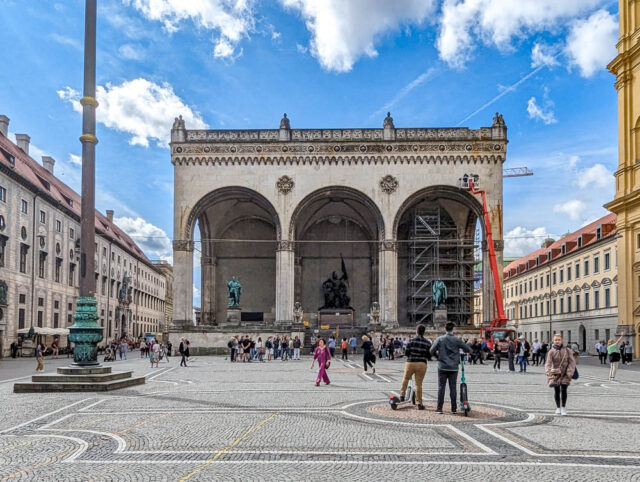Munich’s history during World War II is layered, complex, and visible across the city’s architecture, streets, and memorials. The best way to understand how the war shaped the city is to walk through the places where key events unfolded, from the rise of National Socialism to the destruction of the Allied bombings and the rebirth that followed. Exploring these sites gives visitors a tangible sense of how Munich confronted its past, preserved evidence of it, and transformed into a city that values remembrance over denial.
To explore Munich’s World War II past is to understand how Germany turned a center of dictatorship into a model of democracy. The city was the birthplace of the Nazi movement in the 1920s. Adolf Hitler founded the party here, and it later became known as the “Capital of the Movement.” After 1945, Munich faced the immense task of rebuilding not only its architecture but also its moral and civic foundations.
Today, the city’s wartime legacy can be traced through memorials, preserved buildings, and documentation centers. Walking through these places connects visitors directly with the decisions, destruction, and recovery that defined mid-20th-century Europe.
1. The Munich Documentation Center for the History of National Socialism
Located on Brienner Straße, this center stands on the former site of the Nazi Party headquarters, the Brown House. The Documentation Center (NS-Dokumentationszentrum München) is one of the most significant sites for understanding the rise of Nazism and how propaganda and political control shaped German society.
The modern white cube building is deliberately stark, a visual rejection of the architecture of power favored by the Third Reich. Inside, exhibitions chronologically explain Munich’s transformation from a conservative city after World War I into the ideological base of the Nazi movement. Multimedia installations show original footage, diaries, and police records.
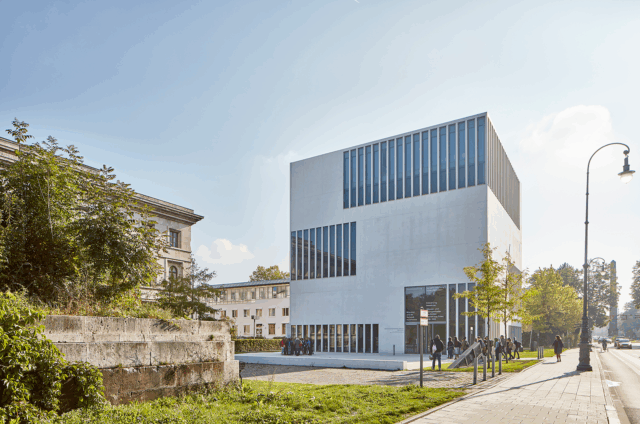
2. Königsplatz – Architecture of Power and Remembrance
Königsplatz is a must-see for anyone exploring Munich’s World War II history. In the 1930s, the Nazis redesigned this grand square to stage propaganda rallies. The area’s neoclassical buildings, especially the Propylaea Gate and the Glyptothek, were used as backdrops for military parades and speeches.
The massive open space remains, but its symbolism has changed. What was once a place of totalitarian display now serves as a public area for concerts, picnics, and open-air events. Beneath its surface lie the remnants of bomb shelters and air-raid tunnels.
Standing here today, you can feel both the weight of history and the relief of renewal, how the same stones that once echoed with marching boots now host laughter and music. This transformation illustrates Munich’s modern identity: one that acknowledges its past while refusing to be defined by it.
3. Dachau Concentration Camp Memorial Site
Located about 16 kilometers northwest of Munich, Dachau was the first Nazi concentration camp, established in 1933. Visiting the Dachau Memorial Site (KZ-Gedenkstätte Dachau) is essential for understanding the human cost of totalitarianism.
The site has been preserved as a place of education and reflection. Visitors can walk through the original barracks, crematorium, and guard towers. The museum includes survivor testimonies, official SS documentation, and court evidence used during postwar trials.
It’s a difficult experience, but confronting Dachau’s reality provides a concrete understanding of what ideological extremism and unchecked authority can lead to. The memorial’s guiding principle, “Never Again,” remains central to Germany’s modern identity and civic education.
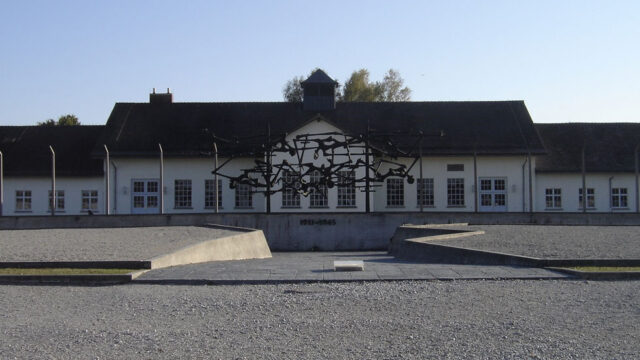
4. Feldherrnhalle and the Beer Hall Putsch
The Feldherrnhalle on Odeonsplatz marks one of the most infamous events in Munich’s history, the failed Beer Hall Putsch of 1923, Hitler’s first attempt to seize power. Sixteen Nazi supporters and four police officers died here during a confrontation between paramilitary groups and state forces.
After 1933, the site became a Nazi shrine. People passing by were required to perform the Hitler salute. Today, a small bronze plaque honors the police officers who died defending democracy.
Standing here, one can trace the shift from rebellion to dictatorship and, later, from dictatorship to remembrance. This single square encapsulates the political volatility that once defined Munich and Germany itself.
5. The Residenz and Allied Bombing Damage
Munich was heavily bombed during World War II, with over 90% of the city center destroyed. The Residenz, the former royal palace of the Bavarian monarchs, was reduced to ruins. Its careful reconstruction after the war symbolizes Munich’s determination to preserve history without erasing the evidence of destruction.
Visitors can still see blackened stonework and restored frescoes. The palace museum displays photographs of its wartime state, giving a visceral sense of how the city looked in 1945. Exploring the Residenz is not just about royal history; it’s about the physical scars left by the conflict and the will to rebuild from them.
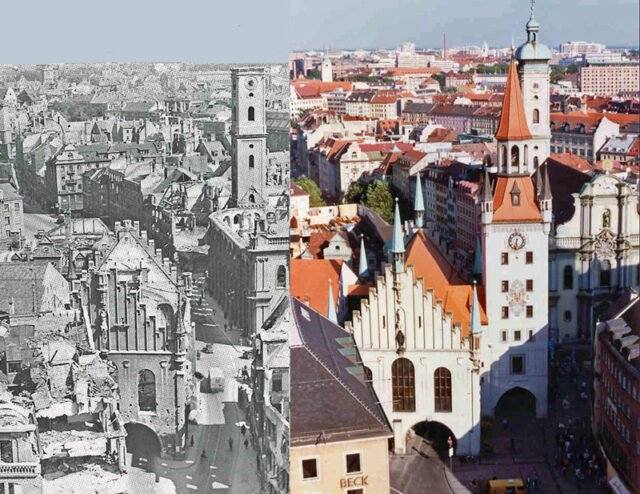
6. St. Michael’s Church and the Ruins of Faith
St. Michael’s Church on Neuhauser Straße was heavily damaged during Allied bombings. Its reconstruction is emblematic of Munich’s postwar spiritual recovery. During the Nazi period, many clergy resisted or spoke cautiously against the regime; others supported it. The church’s memorials today reflect that tension.
Inside, quiet chapels honor the victims of the war, including soldiers, civilians, and persecuted minorities. Visiting this church gives travelers a perspective on how religious institutions were entangled with, and later distanced themselves from, political ideology.
7. Munich’s Hidden Wartime Tunnels
Beneath Munich lies a network of tunnels built during World War II to protect civilians from air raids and to manufacture weapons. Some of these tunnels are now open for guided tours, especially near the Olympic Park area.
These subterranean passages offer a stark contrast to the city’s elegant surface. Standing inside them, surrounded by raw concrete, one can feel the claustrophobic fear of those who once waited for the all-clear siren.
They remind visitors that while architecture above ground has been restored, the memory of what happened below remains intact.
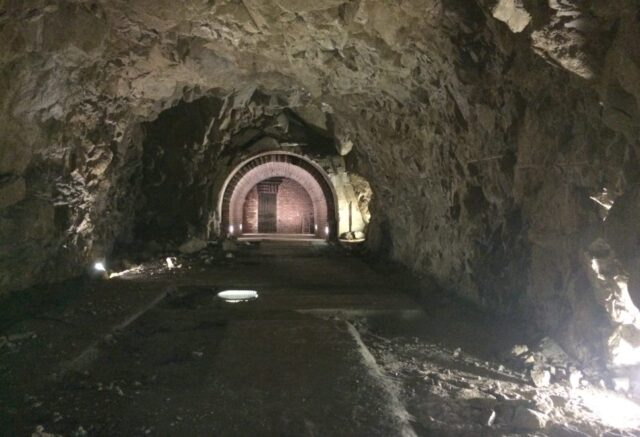
8. The House of Art (Haus der Kunst)
The Haus der Kunst was one of the first monumental Nazi buildings constructed under Hitler’s orders. Opened in 1937, it hosted exhibitions of so-called “German art”, works that fit the Aryan ideal while banning “degenerate” modern artists.
Today, it’s a center for contemporary art and cultural debate. The building’s rigid façade contrasts with the experimental work displayed inside, making it a symbol of transformation. Exhibits often engage directly with issues of memory, guilt, and social change.
Concrete answer in the middle: Munich doesn’t hide its past; it integrates it. Each site, from Dachau to Königsplatz, shows how remembrance became a civic duty and a foundation for modern democracy.
9. Exploring Beyond Monuments
To understand Munich’s war history fully, visitors should also experience how everyday life has evolved around these sites. Cafés, universities, and residential areas built on the ashes of the old city reflect postwar optimism and cultural rebirth.
The contrast between solemn memorials and lively streets illustrates how Munich redefined itself. Walking between historical sites, visitors often pass through quiet, modern neighborhoods that were once battle-scarred. That juxtaposition is essential to appreciating Munich’s unique rhythm where remembrance coexists with renewal.
While exploring the city, some visitors also take an interest in understanding Munich’s modern social and cultural side. The city balances its historical weight with a sophisticated lifestyle, from art museums to nightlife. For instance, websites like escort München often appear in local cultural directories, reflecting how Munich’s modern service industries and urban life exist alongside its heritage. Such aspects show that Munich today is not frozen in its past but continually evolving, blending remembrance with contemporary vibrancy.
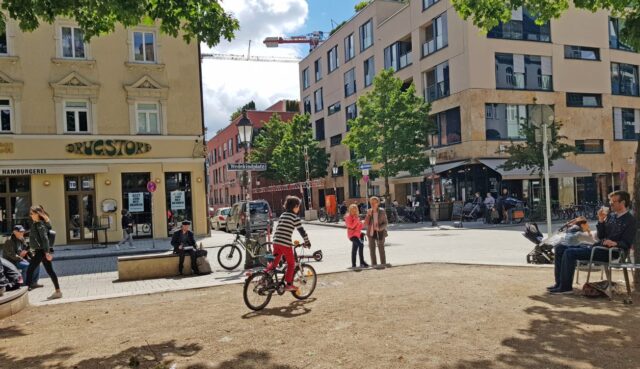
10. A City That Refused to Forget
Munich’s relationship with its wartime history is defined by openness. Unlike some cities that quietly removed traces of the past, Munich turned its most painful sites into educational spaces. That decision, to expose rather than erase, is what makes the city’s story compelling.
Visitors who trace Munich’s wartime landmarks can see how moral reckoning became part of its civic architecture. The Documentation Center, Dachau Memorial, and the plaques scattered across street corners ensure that the memory of totalitarianism, destruction, and loss remains visible, nd that each generation learns from it.
History That Lives in the Streets
Exploring Munich’s World War II landmarks is not about dark tourism. It’s about understanding how a society rebuilds itself after a catastrophe. The city offers no glorification, only reflection. Every stone, plaque, and restored building carries a message: democracy and remembrance must be rebuilt, again and again, by every generation.

